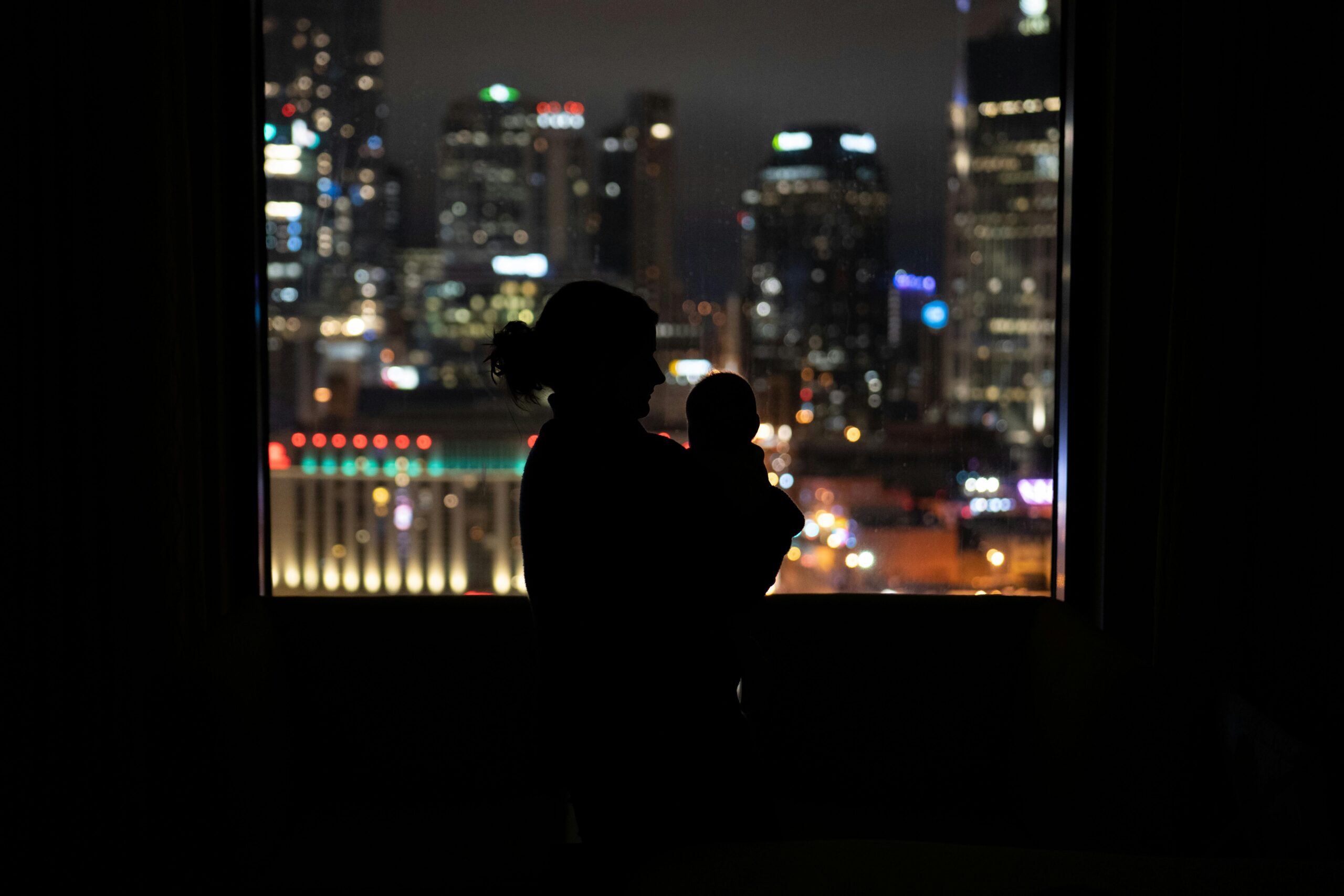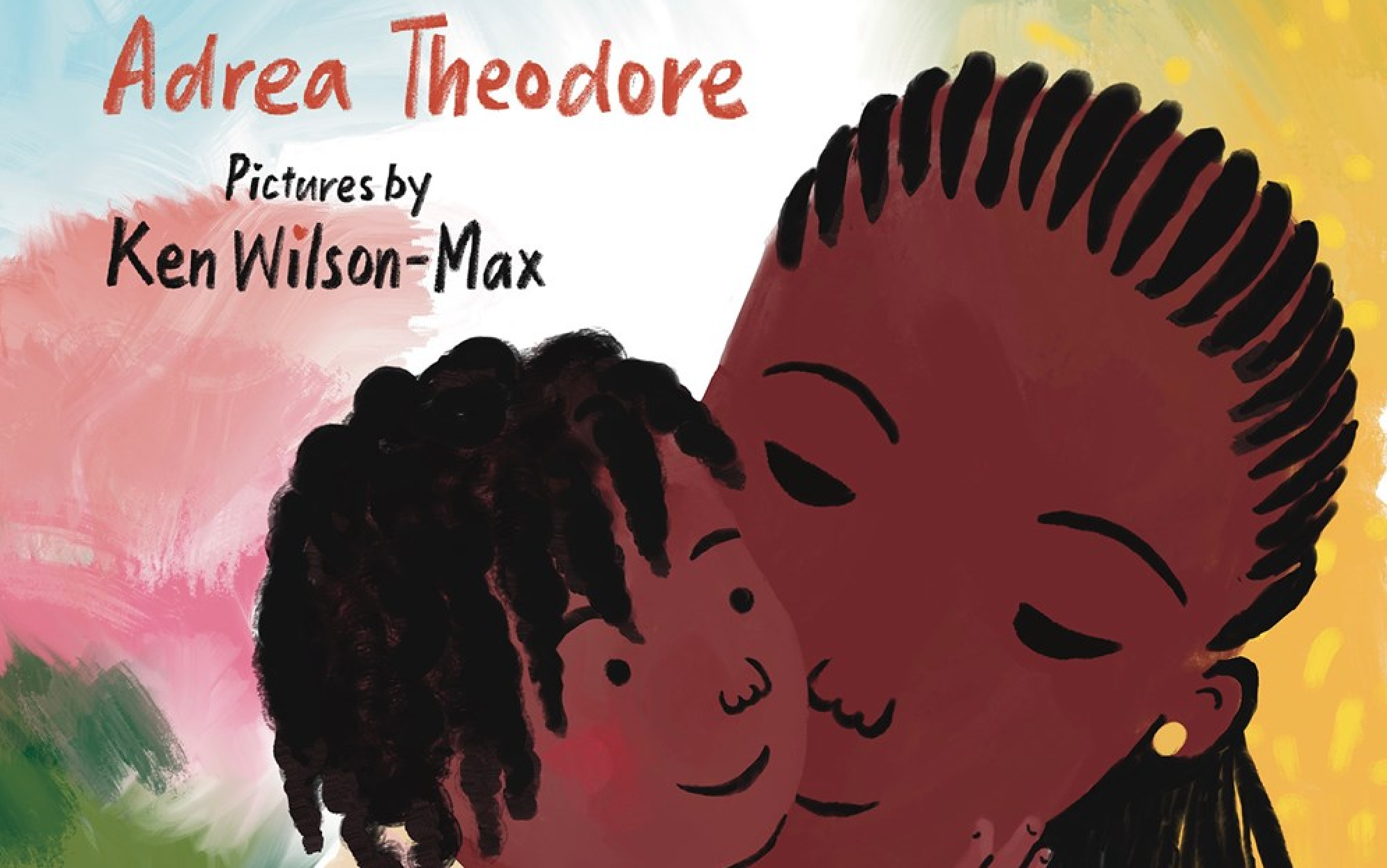
You’ve counted and checked all the baby milestones, and now, your darling is a toddler with lots of energy to burn. This means that whether it’s cold outside or scorching hot, your little one will want to go out and play. While that’s great for exercise and nap time, you still need to take care and dress them with the right outfits to protect your little one from the elements.
Here are some helpful tips for dressing your little one whatever the weather condition outside. One thing to keep in mind is that what’s good for you is probably good for your baby. This is because at this stage, their inner thermostat has already kicked in, so if you’re feeling hot, your toddler is also feeling the same.
Dressing tips for winter
Your choice for toddler winter wear should ensure that your baby can move, and at the same time, they are comfortable. Your toddler may be crawling or learning to crawl at this stage, and some may even be walking. They shouldn’t be dressed up or bundled up so tightly that it immobilizes them. They would want to play in the snow or try to climb over things on the playground.
Even if your baby isn’t yet potty-trained or walking, you still want to find outfits that are easy to dress/undress, as well as keep them warm. Here are some tips for you when you go shopping for your toddler during winter.
- Layering. Shop for cotton shirts that you can dress them in layers to keep them warm. Cotton tops trap heat well and are great for keeping the baby warm. Avoid dressing them in bulky sweaters that will limit their movements when outside and may make them feel too hot. Buy socks that aren’t too thick, so that their snow boots can fit them well when worn over them.
- Find a snowsuit that’s a perfect fit. Choose a snowsuit outfit that has water and wind-resistant material on the outside, preferably nylon, and warm material on the inside that could be Polartec fleece fiber. The zipper should be at the front and should be running down up to the knee or ankle to make it easy for the baby to remove when they need a potty break or diaper change. Make sure the cuffs fit perfectly around the ankles and arms to prevent cold from creeping in through the spaces. Elastic is good, but Velcro tabs that enable you to adjust perfectly to fit the baby are better.
- Opt for mittens. Have you ever tried putting gloves on a toddler, so that every finger fits in its right place? Then you know how hard and tedious the whole process can get. It’s easier to choose mittens for your toddler because they are easy to slip in and out. They also keep the hands warmer because the fingers are close together. The same as snowsuits, mittens should have a warm inner lining and water and wind-resistant outer lining. Look for mittens with drawstrings, but if they don’t have it, you can buy clips to hold the mittens in place to the snowsuit. When dressing your toddler, put on the mittens first before the snowsuit, as the cuffs of the suit will hold the mittens in place.
- Warm hats are also important. A lot of body heat is usually lost through the head, so a warm hat should be included in your toddler’s winter outfits. This especially applies to tots who are yet to sprout a full head of hair. Most snowsuits come with a hood, but a warm hat is also an excellent additional protective gear. Choose a soft wool knitted hat, or one made out of cotton with flaps that cover the ears, or one which fastens under the chin.
- Choose clothes with easily adjustable features. Zippers and snaps are perfect choices for toddlers who will likely need constant adjustments for potty breaks or diaper change. Avoid clothes with fancy extras like strings and ribbons that might unravel and be a choking hazard.
- Car seat safety. When you’re going out in the car with your toddler during winter, don’t forget car safety rules. Avoid putting your toddler on the car seat wearing their bulky winter clothes. It can compress in the event of an accident that can create space that’s dangerous under the harness. Mittens, hats, and thin layers are still ideal for keeping your baby warm and comfortable in the car.
Dressing tips for the summer
Summer days bring sunshine warmth and loads of opportunities for the toddler to play outside. Through it, all the most important thing for a parent is to ensure the little one is protected and comfortable. Check out these great dressing tips to get your baby ready for the summer.
- Go for cotton fabrics. During the summer days, when it’s sweltering outside, and toddlers are at risk of overheating, it’s best to dress them in clothes that are 100% cotton. The outfit should be light and loose-fitting to allow air to flow freely and for sweat to evaporate, therefore cooling the skin and avoiding irritation.
- Lose the layers. Hot weather needs simple and light outfits with minimal layers. Lose the onesie under your baby’s tees and shorts to cool them down. For girls, a light sleeveless romper makes getting dressed a breeze. For some cute choices and styles, check out bitsy bug boutique. For your little boy, they would look smart and casual in comfortable pull-on shorts and polo shirts.
- Don’t leave the house without sunscreen. Always protect your toddler by applying sunscreen on their sensitive skin. Earlier studies have shown that kids that are exposed to sunburns earlier in life are more prone to skin cancer later in life. Physical barrier sunblock, which contains zinc oxide or titanium oxide, is preferred by experts compared to ones that contain chemical substances. They begin work immediately and do a better job of protecting your little one’s skin from harmful UVA and UVB rays. Be generous when applying it on your baby, and reapply it often when still outside.
- Buy sun-blocking clothes. When you’re planning to stay outside for more extended periods, invest in sun-blocking clothes. An example is a UPF shirt which contains sun protection. A shirt for your toddler with UPF 15 will only allow for only 1/15 of the sun’s rays to pass through it. If you find clothes with an even higher UPF, go for it, as it will offer more protection from harmful rays. You can also opt to wash sunscreen directly to your kid’s outfits using special sun-blocking detergent.
- Sun hats. Sun hats or wide-brimmed hats are great additions to your toddler’s summer outfits. They will protect your baby’s neck, face, ears, and scalp. Opt for ones with straps to secure the hat in place when they are running around. Make sure it’s made of light cotton with UPF protection.
- Sunglasses. It’s never too early for your tots to sport sunglasses. They will protect their little peepers from the sun. Choose ones that come with UVA and UVB 100% protection. If your baby keeps removing them, try adding an elastic band to secure them in place.
- Footwear. Your toddler has a penchant for exploring, and their feet are so soft and tender that you want to protect their feet, too. A waterproof sandal with quick-drying fabric and flexible soles is a must-have.
- Swimwear. If you’re planning to spend some of your summer days at the pool or beach with your little one, it’s best to buy swimwear with a long-sleeved rash guard. This will protect your little one’s sensitive skin, as the sun’s rays are usually more intense on the water. Rash guards consist of fast-drying fabric and are available in built-in UV protection to cover your child’s torso and arms. Of course, don’t forget their swim diaper if they are still wearing diapers.
- Summertime is a time for fun and games with your little one. Some toddlers may even go through the nude phase! You can indulge your baby a little by leaving them to run around with a diaper or onesie, but don’t forget to slather on loads of sunscreen.
Dressing tips for less warm or cool weather
When the weather gets a bit milder, dress your toddler in layers that make them comfy, and make sure they aren’t wet or damp. If your toddler gets too chilled, hypothermia can occur. During cold and hot temperatures, ensure that your little one is protected from the sun by using hats, sunscreen, sunglasses, and layering as needed.
If you want to check your baby’s temperature to ensure they are warm and comfortable, feel the nape of their neck, or their hands and feet. If the child is heavily sweating, then lose some layers. If your baby is burning up a fever, dress them in fewer light clothes.

















